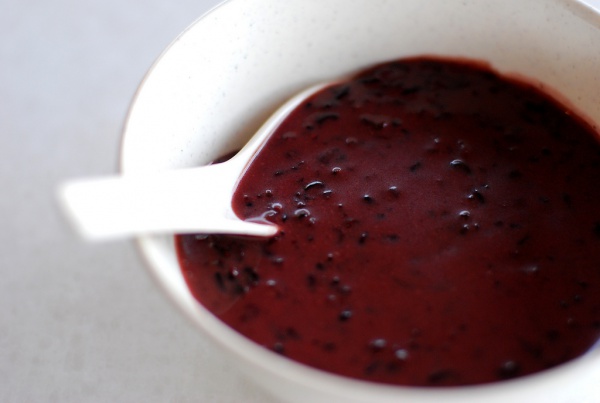Facts About Glutinous rice
Glutinous rice, widely known as sticky rice, is a distinct variety that serves as a dietary staple in several parts of Asia, particularly in Southeast and East Asia, Northeastern India, and Bhutan. It is characterized by its opaque grains and sticky texture when cooked, a result of its low amylose content.
Countries like Laos, Thailand, Cambodia, Vietnam, Malaysia, Indonesia, Myanmar, Nepal, Bhutan, China, Japan, Korea, Taiwan, and the Philippines are renowned for cultivating glutinous rice. In Laos, sticky rice holds a place of cultural significance, and much of the country's rice production is geared towards this variety. Over time, farmers have developed higher-yield strains to satisfy growing demand.
The primary distinguishing factor of glutinous rice is its high amylopectin content and minimal amylose, accounting for its sticky consistency. Despite the misleading name, it is gluten-free and therefore suitable for gluten-free diets. Glutinous rice is available in both milled (white and opaque) and unmilled forms (which can be purple or black due to the bran). Its applications are diverse, ranging from whole grain dishes to flour, paste, or gel preparations.
Culinary traditions across Asia prominently feature glutinous rice. In Northeastern India, for instance, it forms the basis of many traditional Assamese sweets and snacks. In Bangladesh, Myanmar, China, and the Philippines, it appears in a plethora of sweet and savory dishes, snacks, and desserts. Each region offers unique recipes that showcase the adaptability of glutinous rice.
Beyond its culinary use, glutinous rice has intriguing historical and practical applications. Legend has it that it was used in the construction of the Great Wall of China. Additionally, its starch is often employed as a vegetarian glue or adhesive in various contexts.

 Cambodia
Cambodia